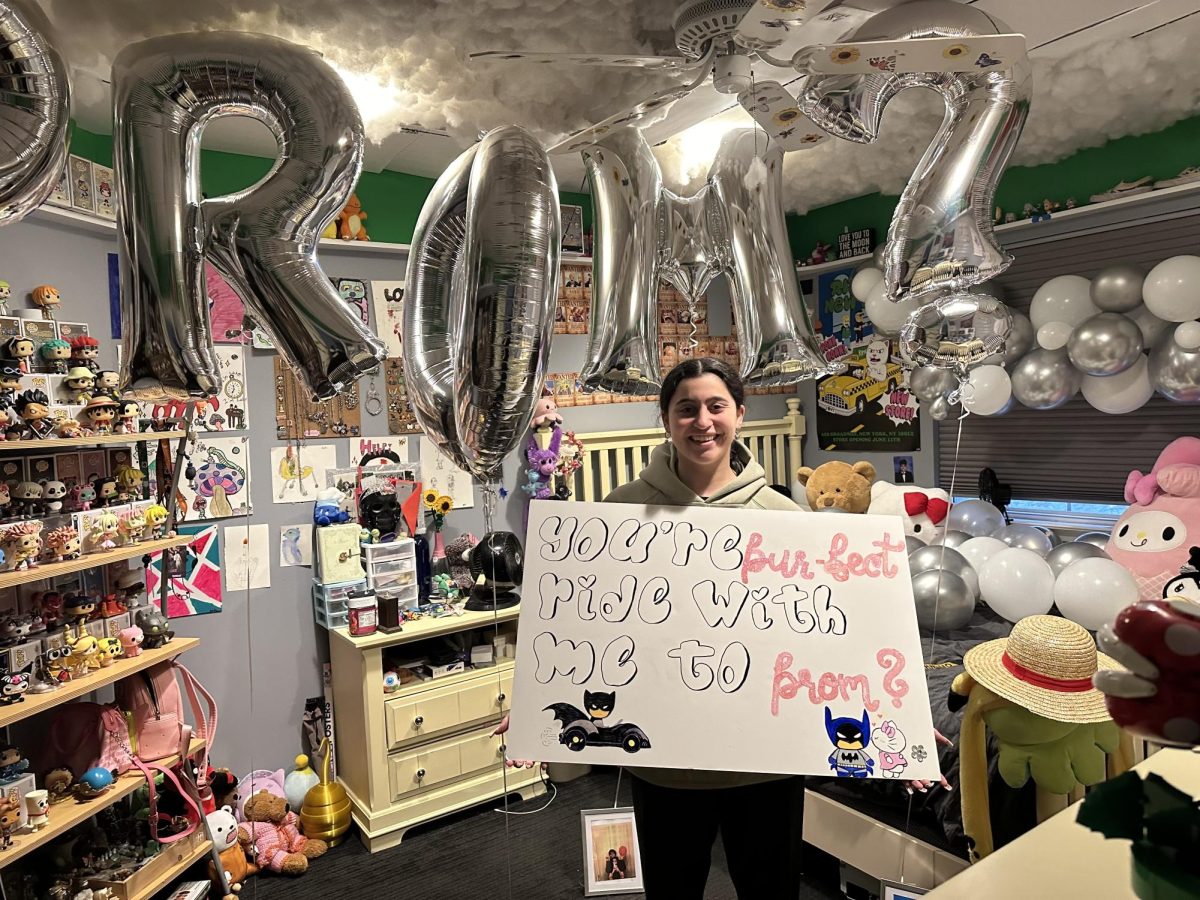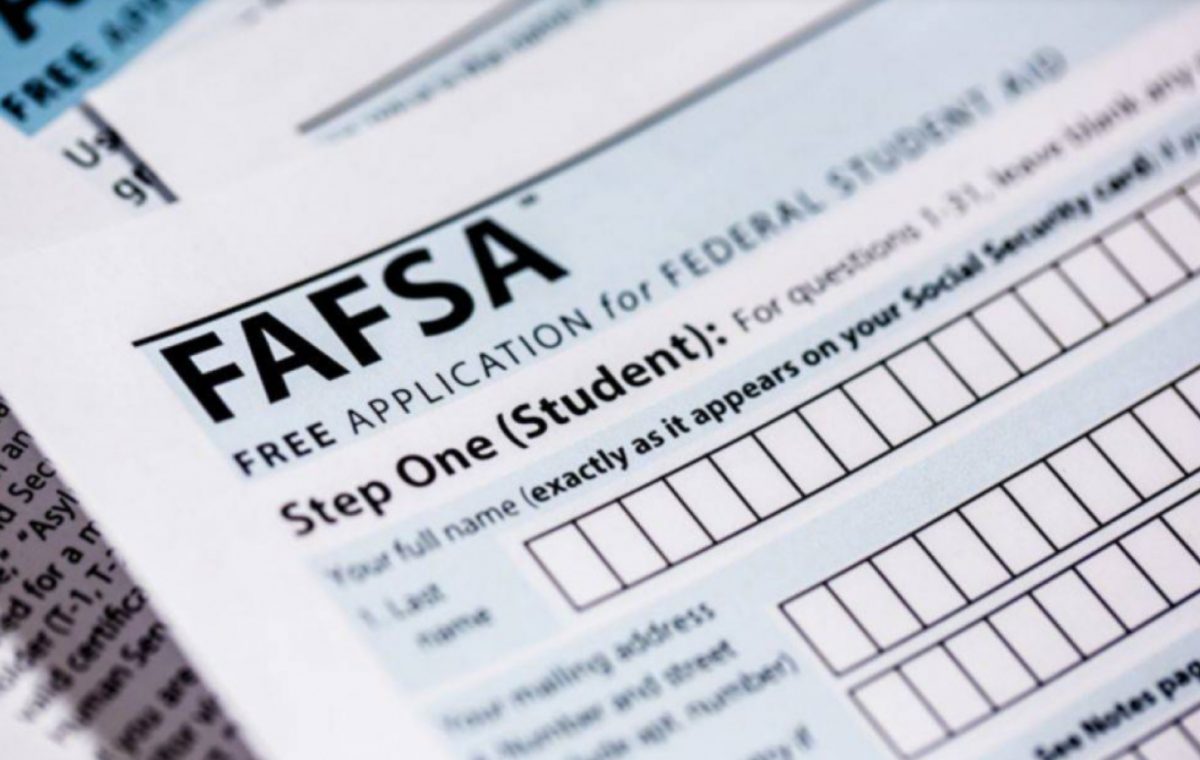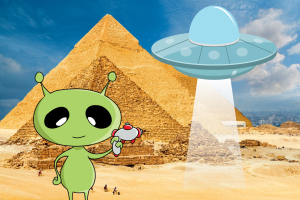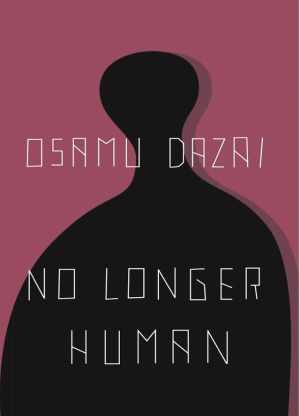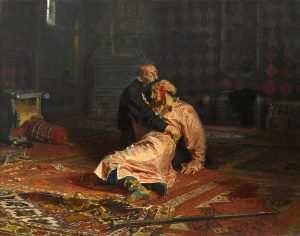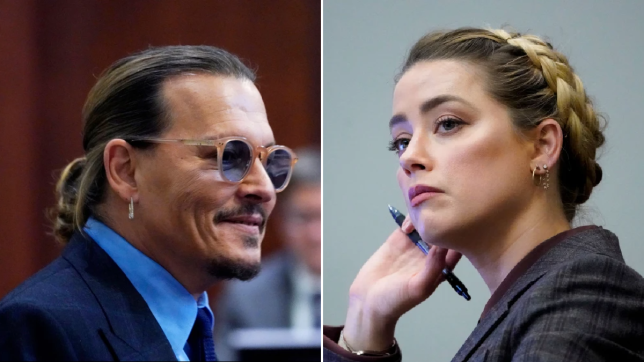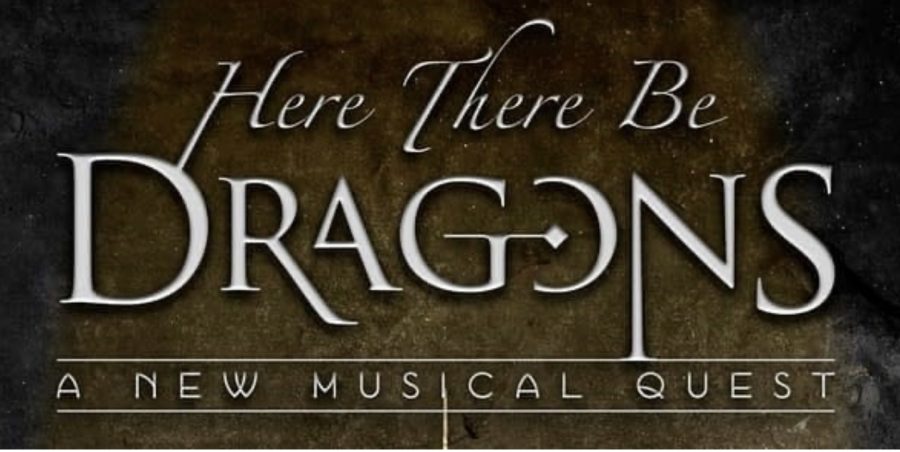Recently when Trump was in Israel, he referred to a Palestinian deal as “crucial.” The Israeli-Palestinian conflict has been going on since the 1940s and is one of the most discussed political conflicts to this day. The movement for a two-state solution has picked up much speed in recent years from people who are sick of all the fighting. There have been a few times where a two-state solution was almost reached.
In 1937 Britain proposed the first two-state solution. It became known as the British Mandate of Palestine. The Palestinian nation they proposed covered a small part of Jerusalem, so it was rejected by the Arab community of Palestine but was accepted by most of the Jewish leadership.
In 1947 the UN proposed a partition plan that proposed a three-way division. It put Jerusalem under international control. This was accepted by Jewish leadership but rejected by Palestinian leadership as they did not want any independent Jewish presence in the area.
The 1948 Arab-Israeli War was over control of the disputed land. The war resulted in the fleeing or expulsion of 711,000 Palestinians, known as Nakba from Palestinians, from the state of Israel and the 1949 Armistice Agreements. The Agreement divided the land between Israeli and Arab states. Palestine was not one of these Arab states. These lines were around until 1967.
In the 1967 Arab-Israeli War, also known as the “Six Days War,” the UN unanimously passed resolution 242. Resolution 242 called for Israeli withdrawal of the territories they occupied during the war. The Palestinian Liberation Organization (PLO) was strongly opposed to resolution 242 because they said it did nothing to reduce the Palestinian refugee problem. This was an important moment in the peace process because it marked the beginning of Palestinian rights.
In 1974, 56 member states in the UN General Assembly proposed adding the “question of Palestine” to the Assembly’s agenda. In November of that year in a resolution the Assembly affirmed Palestinian rights including “right to self-determination without external interference”, “the right to national independence and sovereignty”, and the “right to return to their homes and property”.
The PLO began supporting a two-state solution on an interim basis in the late 1970s with Said Hammami. In the mid 1970s the UN Security Council called for a two-state solution based on the pre-1967 lines. This was rejected by the US because they think the borders should be negotiated directly by both parties.
In 1988 the Palestinians were finally given a state. The state still exists today, but it is very small and does not include a lot of the territories where many Palestinians live. Their declaration of independence directly mentioned the UN Partition Plan of 1947 and was endorsed by Israel. This has been interpreted as an Israeli endorsement of a two-state solution. A two-state solution seems to be coming closer and closer and could happen soon.



